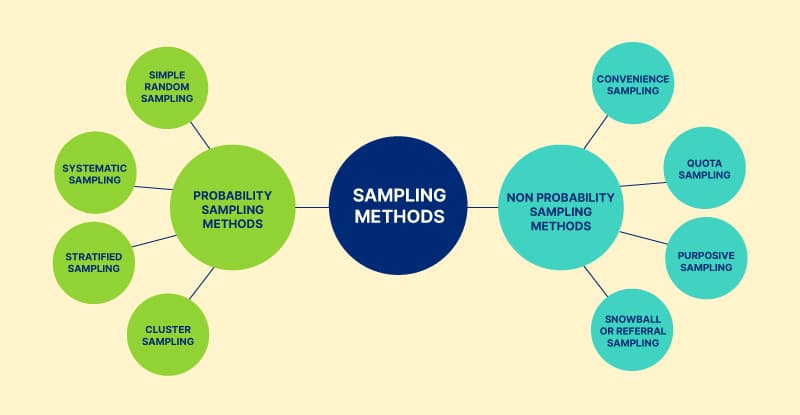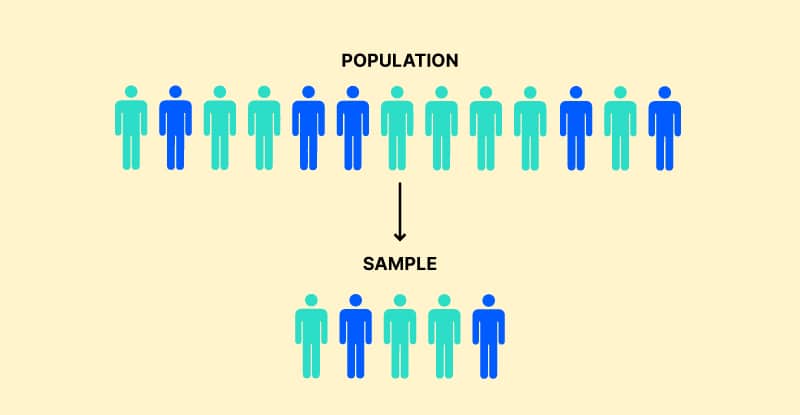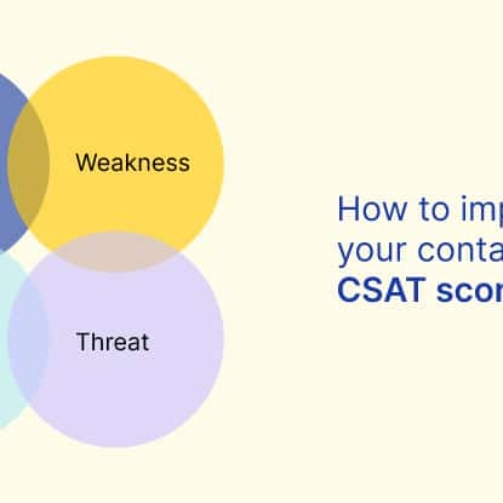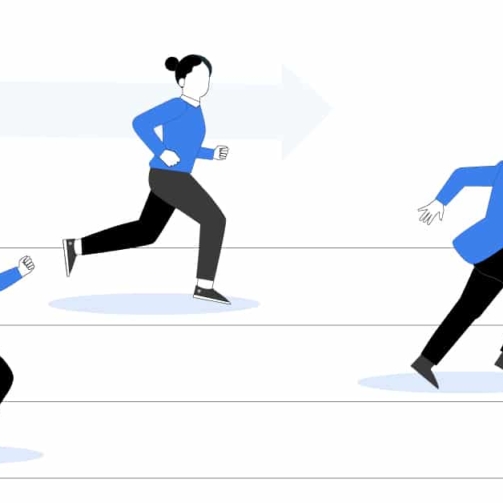
Sampling Methods
Voxco is trusted by 450+ Global Brands in 40+ countries








See what question types are possible with a sample survey!
Try a Sample SurveyTable of Contents01
What is Sampling?
Sampling, in the field of research, is the process where a subset of a population is used to represent the whole population.When you want to survey a group of people, you cannot possibly collect data from all the people involved. For ease, you select a sample, that is, a group of people who will participate in the survey for you. You cannot possibly go around collecting data all over the country for your company. It will make the research costly and extremely tiresome.Sampling makes it easy for a researcher to carry out a survey in a more cost and time-efficient manner. You decide the participants of a sample best suited to represent the entire population for the purpose of your research.

See what our clients say about VoxcoPlayPlayPlayPlayPlayPreviousNext
See what question types are possible with a sample survey!
Types of Sampling Methods

Probability Sampling
Also called Random Sampling, this sampling method selects the participants randomly instead of deliberately choosing them.
Probability Sampling Methods
There are 4 types of Probability Sampling Methods used in research. These are:
- Simple Random Sampling
- Systematic Sampling
- Stratified Sampling
- Cluster Sampling

Simple Random Sampling:
- In Simple random Sampling, every individual in the population has an equal opportunity of being selected in the sample. It can be done by keeping the identity of the people anonymous. For instance, you can assign a number to every person in the population and select numbers at random.
- There is no risk of bias in this sampling method because the researcher has no control over the selection process. Simple random Sampling also saves time and money and is easy to conduct.
Systematic Sampling:
- Systematic Sampling involves the random selection of the first person. After the first person is selected, a rule of selection is applied and every nth person is selected for the sample.
- For instance, you have 500 people in your population, each with a number between 1 and 500. You select the 5th person as your first choice and then apply the rule of every 10th person.
- The researcher can select an interval for the selection of the sample, which ensures that the selection won't be clustered together. This also makes Systematic Sampling the least time-consuming because of the predefined range.
Stratified Sampling:
- This type of probability sampling method involves a random selection of samples from a predefined group (e.g. Income level). The researcher is already aware of the characteristics of the target population. The researcher stratifies it according to the characteristics in a way that serves the purpose of the research.
- For example, if you want to analyze people who belong to different income levels, you can use Stratified Sampling. You can create strata according to people's monthly income- less than $3000, $ 3000 to $5000,$5000 to $7000 and more than $7000.
- This way you can decide whom you want to conduct your research. However, the idea of stratifying the population adds a risk of bias.
Cluster Sampling:
- In the Cluster Sampling method you can divide the population into clusters or sections representing the population. These clusters have demographic characteristics like age, gender, location, etc. these are pre-existing groups.
- You randomly select a group rather than individuals of the population. You can include every individual from the sample cluster if it is possible. But, in case the cluster is large, you can randomly sample the individuals within each cluster and make your sample.
- For example, you want to research all the 10 branches of a Hotel across the country. You can't go through all the 10 branches of the Hotel, so you can use random Sampling to select 4 Hotel branches as your cluster.
Non-probability Sampling
In this sampling method, you have to deliberately select the participants according to the goal of the research.
Non-Probability Sampling Methods
This Sampling Method includes
- Convenience Sampling
- Quota Sampling
- Purposive Sampling
- Snowball or Referral Sampling

Convenience Sampling:
- Participants for the sample in Convenience Sampling are selected based on their availability.
- Say you work at a school and you are doing academic research. You ask your students and co-workers to participate as your sample. Since your students and co-workers are available and willing to participate, they are a part of Convenience Sampling.
- This sampling method depends on the ease of accessing your participants. It is an easy and cost-efficient way to collect data. However, the sample may not represent the entire population and thus, may not produce reliable data.
Quota Sampling:
- For Quota Sampling, the selection of samples is based on predefined standards. It is specified who should be selected for the sample based on characteristics or criteria. For example, you may decide that your quota should include a certain number of male and female participants.
Purposive Sampling:
- Also known as Judgment Sampling, researchers consider the aim of the study to select the sample. The sample is chosen by the researcher based on their knowledge of the target population. The researcher does not make statistical inferences but uses detailed knowledge to select participants.
- This method makes the sample unlikely to represent the entire population.
Snowball Sampling:
- The participants for the sample are selected or recruited via other participants. This means that the people you select to participate in the survey are asked to invite their friends and families. This method is most beneficial and helpful when the researcher does not know much about the target population or has limited access to the people.

Survey organizations around the world have maximized their phone survey ROI with the advanced features, hosting options, seamless telephony integration, and flexible pricing of our CATI software.
[Free Webinar Recording]
Want to know how to increase your survey response rates?
Learn how to meet respondents where they are, drive survey completion while offering a seamless experience, Every Time!Watch Webinar Now!

04
What are the Sampling Errors?

Population Specification
This implies that the researcher may not understand who they should be surveying. For example, in a survey about toys, you may wonder whether to survey the parents or the children. The parents may purchase, but the children influence the choice of purchase.
Sample Frame
When you select a wrong sub-population or group of individuals as your sample. The sample does not represent the target population.
Non-response
This error occurs when you don't obtain a useful response from the research. The reason for the non-response error may be due to your inability to reach and select potential participants or their refusal to participate in the research.
Selection
When the participants for the survey are self-selected by the participant, this error occurs. This means that only those who are interested participate in the survey.See Voxco platform in action with our team

Switch to Voxco Telephony System to improve your Call Center Productivity by 400% or more
Voxco CATIPowerful phone survey software with advanced telephony features for contact centers of call centers of all sizes Voxco IVRAutomated interactive voice response survey software with auto call detector, advanced call routing system & manual TCPA compliance. Voxco DialerPower, Predictive, Preview and Hybrid modes. Tailor your dialling method to each project.Survey organizations around the world have maximized their phone survey ROI with the advanced features, hosting options, seamless telephony integration, and flexible pricing of our CATI software.Book a Free Demo

05
FAQs
What is the difference between Sample and Sampling?The sample is the group of individuals selected from the population. On the other hand, Sampling is the process of choosing a group of individuals for the sample. The number of individuals selected in the sample is called a sample size.What are Sampling and Non-Sampling Errors?Sampling error is caused when the sample that is selected does not correctly represent the whole population.Non-sampling error is caused due to human errors, such as problems in method, procedure, etc.What are the different types of Sampling Methods?There are Probability and Non-probability Sampling methods, which are further divided into 4 sampling methods each.Probability Sampling:
- Simple Random Sampling
- Stratified Sampling
- Systematic Sampling
- Cluster Sampling
Non-Probability Sampling
- Quota Sampling
- Snowball Sampling
- Convenience Sampling
- Purposive or Judgmental Sampling
Request a DemoRead more

What is Customer effort score and how do you leverage it?
| EditWhat is Customer effort score and how do you leverage it?Free Download: Enhance NPS Scores using our NPS Survey TemplatesD ... Read More

How to improve your CSAT score?
| EditHow to improve your CSAT score?SHARE THE ARTICLE ONShare on facebookShare on twitterShare on linkedinTable of ContentsDo your customers f ... Read More

Descriptive Research : Definition, Method and Examples – 2
| EditDescriptive Research : Definition, Method and ExamplesExclusive Step by Step guide to Descriptive ResearchGet ready to uncover the ... Read More

What is competitive benchmarking?
| EditWhat is competitive benchmarking?SHARE THE ARTICLE ONShare on facebookShare on twitter... Read More

Top 15 CATI Software in 2021
| EditTop 15 CATI Software in 2021SHARE THE ARTICLE ONShare on facebookShare on twitterShare on linkedinTable of ContentsThe field of market r ... Read More

T-Test Calculator
| EditT-Test CalculatorSHARE THE ARTICLE ONShare on facebookShare on twitterShare on linkedinTable of ContentsWhat is a T-Test?A t-test is a t ... Read More LOAD MORELOADING
.svg)



